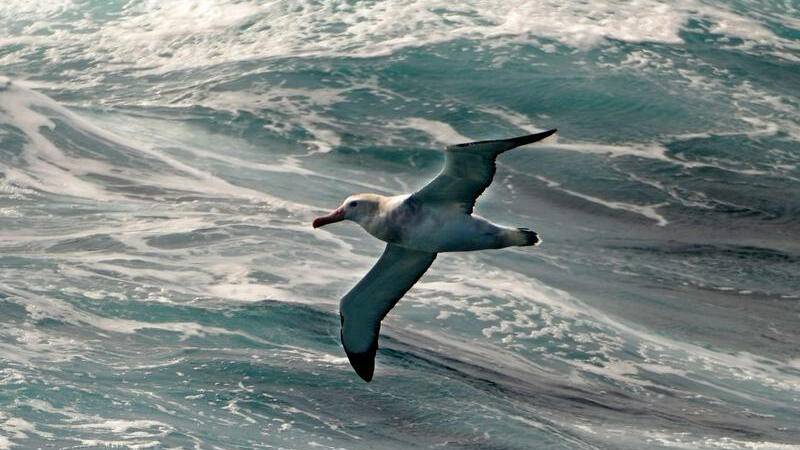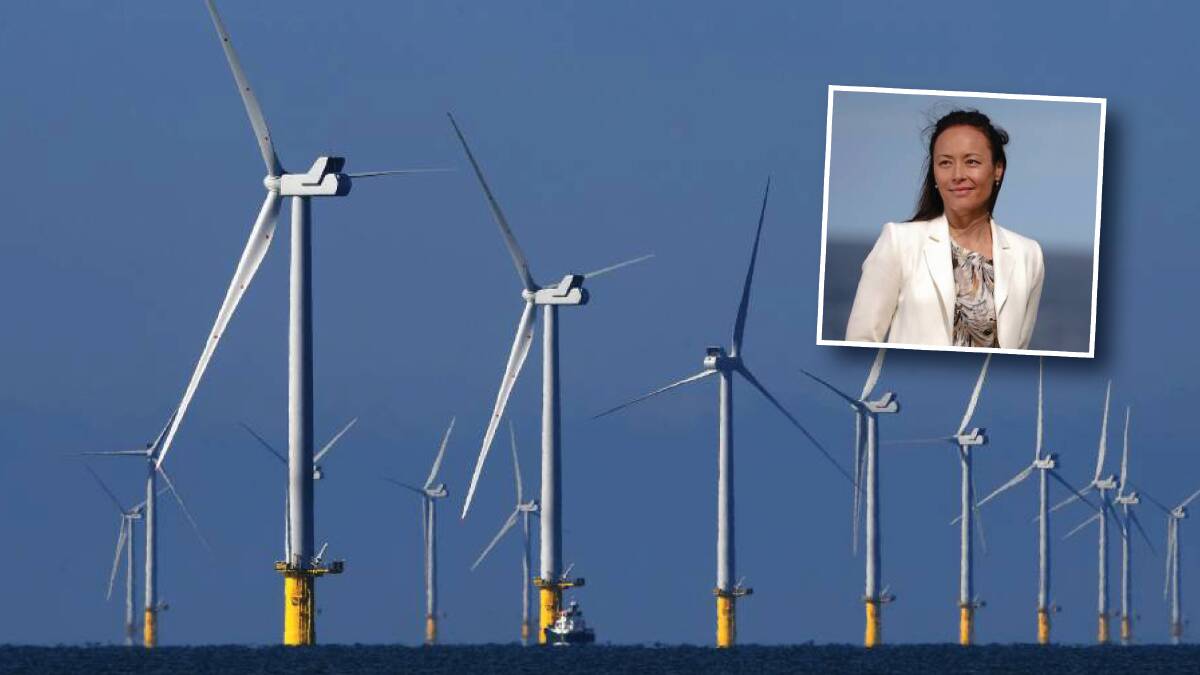
It's often said that we know more about the moon than about the deep sea, and while that might be technically incorrect, our oceans are still vast, largely unexplored ecosystems.
Subscribe now for unlimited access.
$0/
(min cost $0)
or signup to continue reading
So prior to any wind farm appearing on the horizon of the Illawarra, prospective developers will be required to undertake multi-year research programs to determine where and how such an project will take place.
In the Illawarra, this work will not occur before a potential developer is granted a feasibility licence, but off the coast of Gippsland, the team behind the Star of the South has been conducting investigations since 2019.
Studies included wind and wave monitoring, seabed studies using soundwave equipment to map the seafloor and samples from up to 70m below the seafloor.
To measure marine wildlife, surveys were conducted from the air, by boat and from land to count the number of birds, fish and marine mammals, including GPS tracking of seal colonies.
Emily Scivetti, chief operating officer of Illawarra wind farm hopeful Oceanex, explained how this would look off the coast of Wollongong.

"We would like to engage the local supply chain to carry out our three most important early phase campaigns," Ms Scivetti said.
The first would be an aerial bird and mammal survey followed by the collection of wind, wave and climate data at sea in the proposed area.
The third would be a geophysical survey campaign, to understand the conditions of the seabed beneath where the turbines would be floating.
In each instance, Oceanex has been arranging a list of local suppliers and experts since this time last year who could conduct the work or contribute alongside global experts.
"I would like to see local residents on the vessels, local PhD students participate in research campaigns and small vessel owners participate," Ms Scivetti said.
The surveys of species would not be a one-off, but comprise at least three seasonal surveys, prior to the submission of an environmental impact statement.
A challenge in completing these studies on time is the availability of highly specialised researchers and equipment, including purpose-built boats, as the global demand for offshore wind increases.
In the Hunter, where Oceanex is also proposing a wind farm located 20 kilometres offshore from Newcastle, the company has been pre-preparing for surveys to start after the announcement of successful applicants for feasibility licences, expected in mid 2024.
Ms Scivetti said these timelines are critical to the success of a project, as without certainty the scarce expertise and equipment in offshore renewable energy projects will be snapped up by other markets.
"If we don't act now, and maintain the momentum and give the supply chain these signals that we are very serious about exploring offshore wind, then global suppliers will simply go to other jurisdictions," she said.
"That means we will have the money, the capital expenditure ready to go, but the supply chain will already have been booked out and secured elsewhere.
"We will literally miss the boat."
Our news app has had a makeover, making it faster and giving you access to even more great content. Download The Illawarra Mercury news app in the Apple Store and Google Play.


